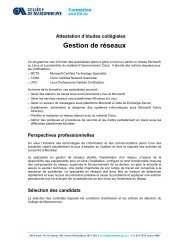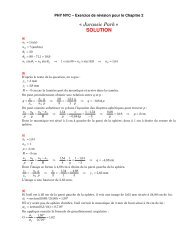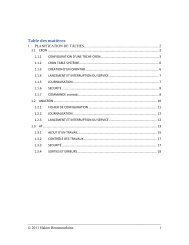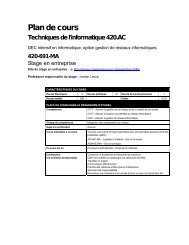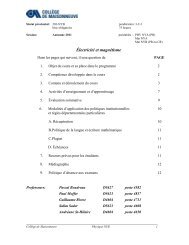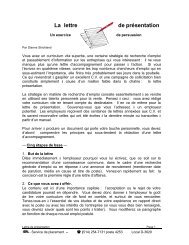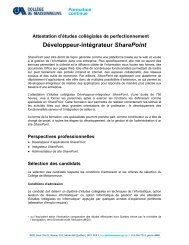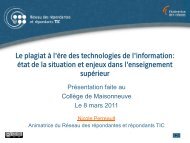MPLAB ICD 3 In-Circuit Debugger User's Guide
MPLAB ICD 3 In-Circuit Debugger User's Guide
MPLAB ICD 3 In-Circuit Debugger User's Guide
- No tags were found...
You also want an ePaper? Increase the reach of your titles
YUMPU automatically turns print PDFs into web optimized ePapers that Google loves.
<strong>MPLAB</strong> ® <strong>ICD</strong> 3 <strong>In</strong>-<strong>Circuit</strong> <strong>Debugger</strong> User’s <strong>Guide</strong>Single StepThis command steps though code, one instruction at a time. After each instruction,<strong>MPLAB</strong> IDE updates register windows, watch variables, and status displays so you cananalyze and debug instruction execution. You can also single step C compiler sourcecode, but instead of executing single instructions, <strong>MPLAB</strong> IDE will execute all assemblylevel instructions generated by the line of the high level C statement.SkewThe information associated with the execution of an instruction appears on the processorbus at different times. For example, the executed opcodes appears on the bus asa fetch during the execution of the previous instruction, the source data address andvalue and the destination data address appear when the opcodes is actually executed,and the destination data value appears when the next instruction is executed. The tracebuffer captures the information that is on the bus at one instance. Therefore, one tracebuffer entry will contain execution information for three instructions. The number of capturedcycles from one piece of information to another for a single instruction executionis referred to as the skew.SkidWhen a hardware breakpoint is used to halt the processor, one or more additionalinstructions may be executed before the processor halts. The number of extrainstructions executed after the intended breakpoint is referred to as the skid.Source CodeThe form in which a computer program is written by the programmer. Source code iswritten in a formal programming language which can be translated into machine codeor executed by an interpreter.Source FileAn ASCII text file containing source code.Special Function RegistersThe portion of data memory (RAM) dedicated to registers that control I/O processorfunctions, I/O status, timers or other modes or peripherals.Stack, HardwareLocations in PIC microcontroller where the return address is stored when a function callis made.Stack, SoftwareMemory used by an application for storing return addresses, function parameters, andlocal variables. This memory is typically managed by the compiler when developingcode in a high-level language.Static RAM or SRAMStatic Random Access Memory. Program memory you can read/write on the targetboard that does not need refreshing frequently.Status BarThe Status Bar is located on the bottom of the <strong>MPLAB</strong> IDE window and indicates suchcurrent information as cursor position, development mode and device, and active toolbar.Step <strong>In</strong>toThis command is the same as Single Step. Step <strong>In</strong>to (as opposed to Step Over) followsa CALL instruction into a subroutine.DS51766A-page 96© 2008 Microchip Technology <strong>In</strong>c.




